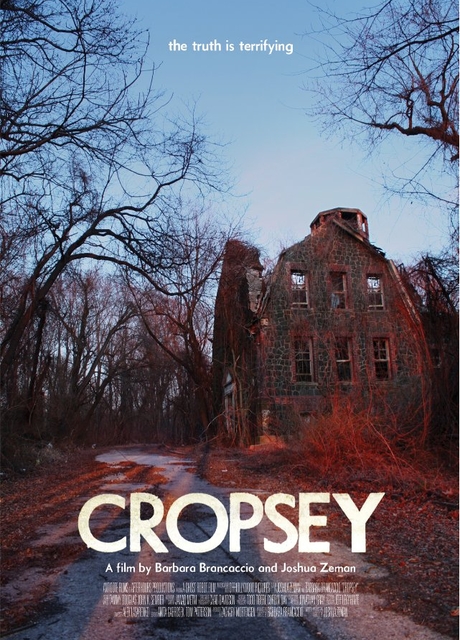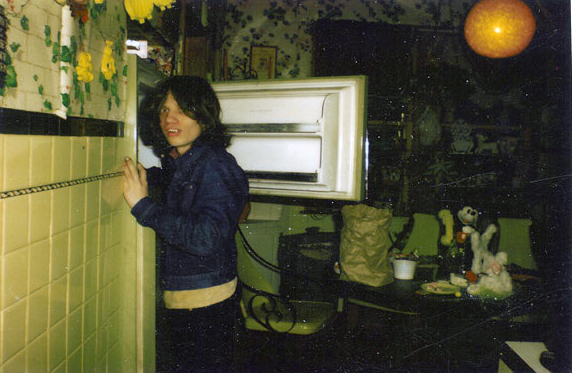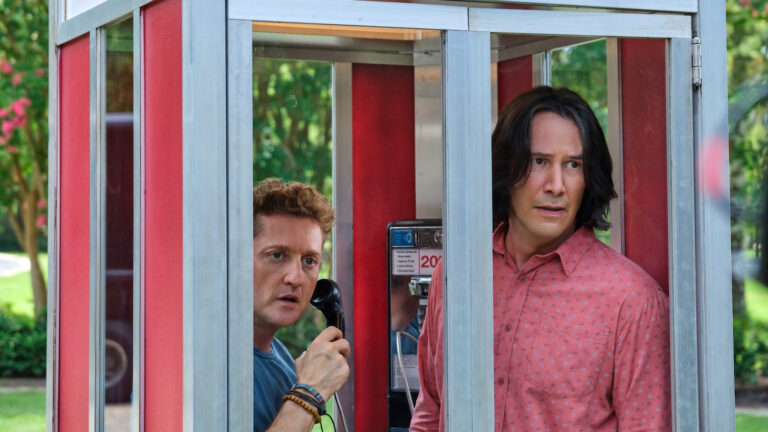Film Review: Cropsey: Scary ‘Cuz It’s True
Chilling Horror Documentary Proves Some Urban Legends Are Real



Haunting images of a possible victim


